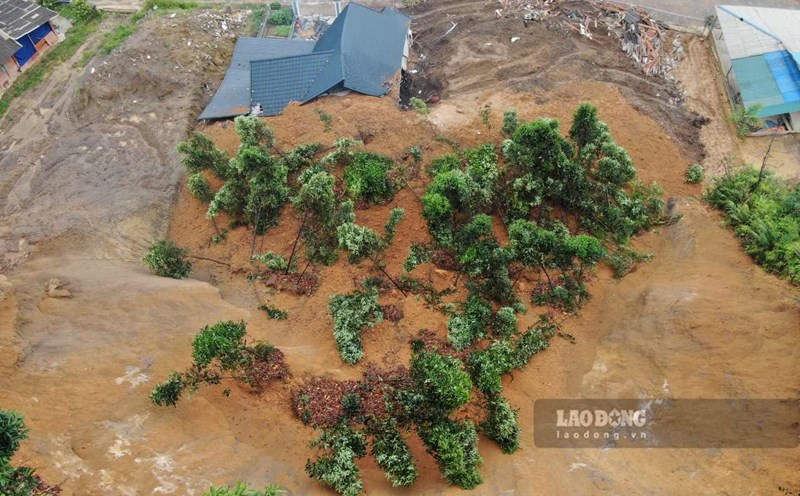A computer is an important tool in learning, working and entertainment. However, after a period of use, if not maintained regularly, the machine may run slowly, get hot, have errors or break down. To keep the device working well and durable, you need to perform two types of maintenance: hardware maintenance and software maintenance. Both are necessary, but their methods and purposes are different.
hardware maintenance
hardware maintenance is the work of caring for, cleaning, checking and replacing physical parts inside and outside the computer. Typical operations include:
Dust in the air conditioner: Dust accumulated over time can heat the air conditioner, reduce heat loss or make the fan loud. Regular cleaning helps keep the components clean and operate better.
Replace the processor with processor: After a long time of use, old, dry processors will easily heat up the processor and reduce performance. Replacing new glue helps maintain a stable temperature.
Check and replace broken components: RAM, hard drive, CMOS battery, screen card or power source if there are signs of errors, they should be checked and replaced promptly to avoid affecting the entire system.
Check cables and power sources: Make sure that connecting cables, power outlets and laptop batteries are not loose, damaged or charred, avoiding the risk of fire or sudden power outage.
hardware maintenance should be done every 36 months, especially if you use the device in a dusty environment or use it continuously for a long time.
Software maintenance
Software maintenance is the process of checking, cleaning and optimizing factors related to the operating system, application, and data in the computer. Popular jobs include:
Clean up the system: Delete temporary files, junk files, browser history, busters to free up hard drive space and make the machine run smoother.
Un need to install unnecessary software: Many applications are installed on the device but are no longer in use but still run underground, causing RAM loss and slowing the device to start. Removing them makes the system lighter and responds faster.
Operating system and software updates: Publisher updates often patch errors, enhance security, and add new features. Regular updates help the device avoid security vulnerabilities and become compatible with new hardware.
Optimizing the start-up: Turning off unnecessary startup apps with the system will shorten the device's launch time and reduce the CPU's load.
Regularly scan and kill viruses: The computer can be slow or lose data if infected with malware. Using reliable virus terminal software and periodic scanning helps keep the system and personal information safe.
Software maintenance should be done 12 times a month or more often if you have a lot of software installed or work in a network environment.











